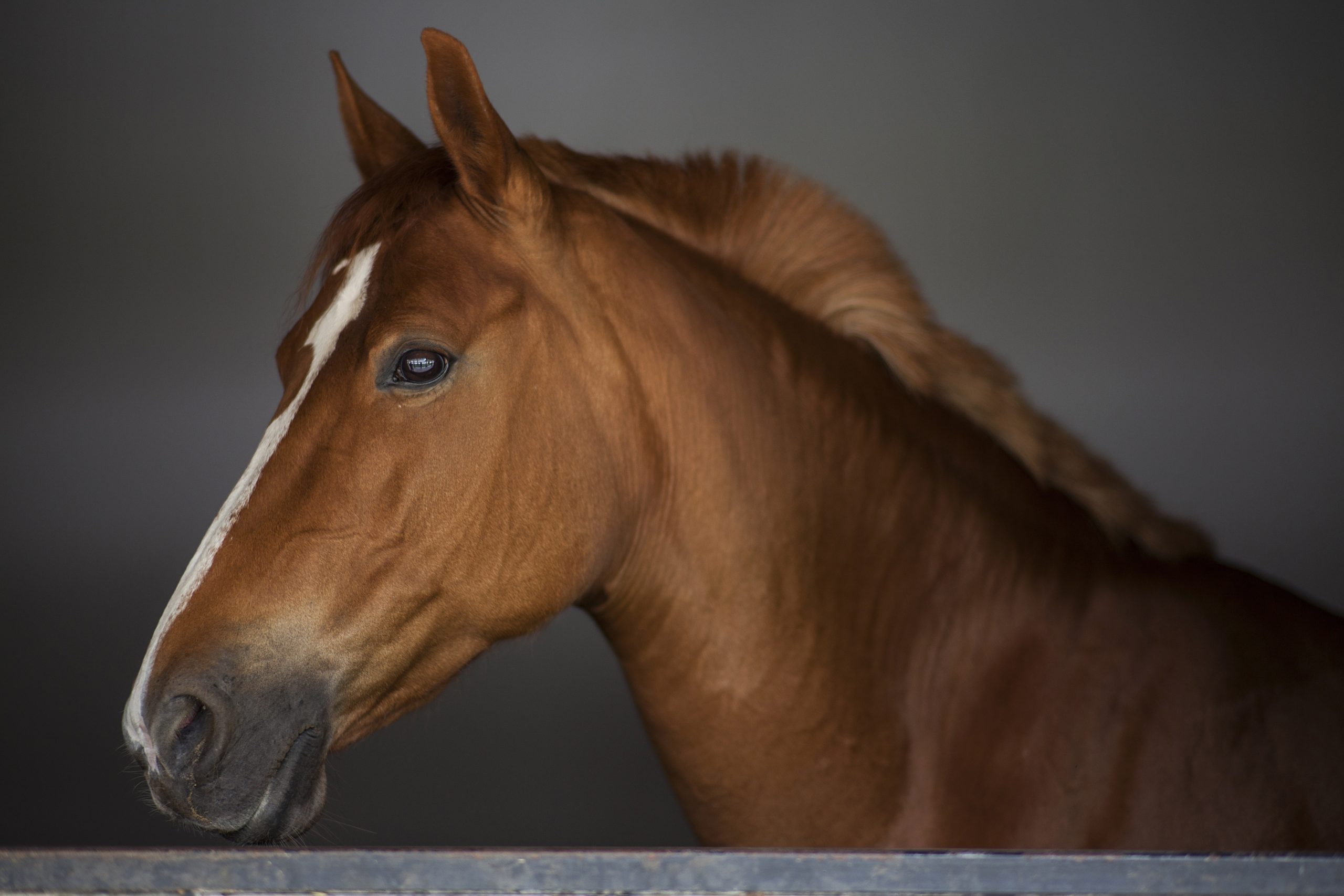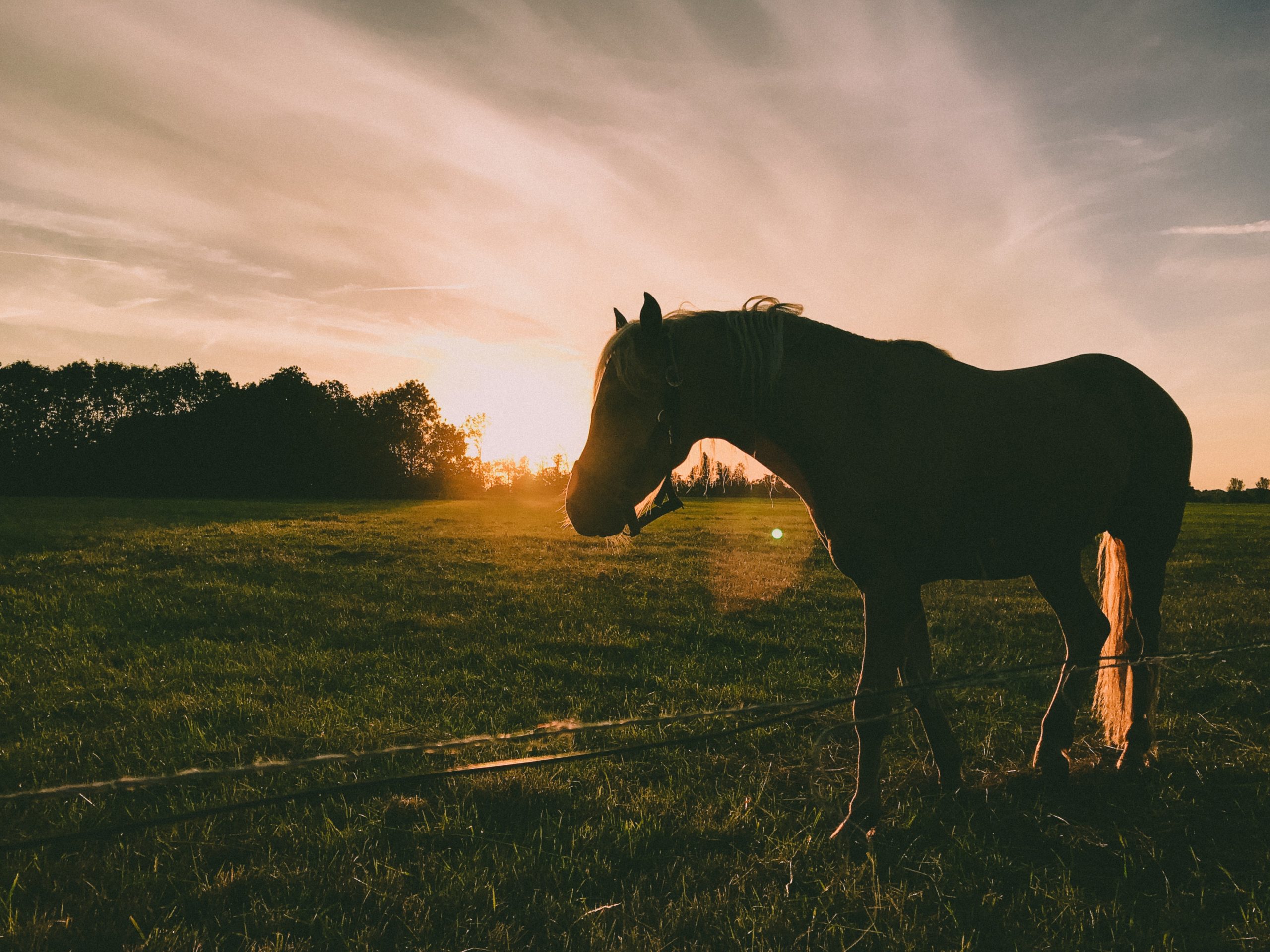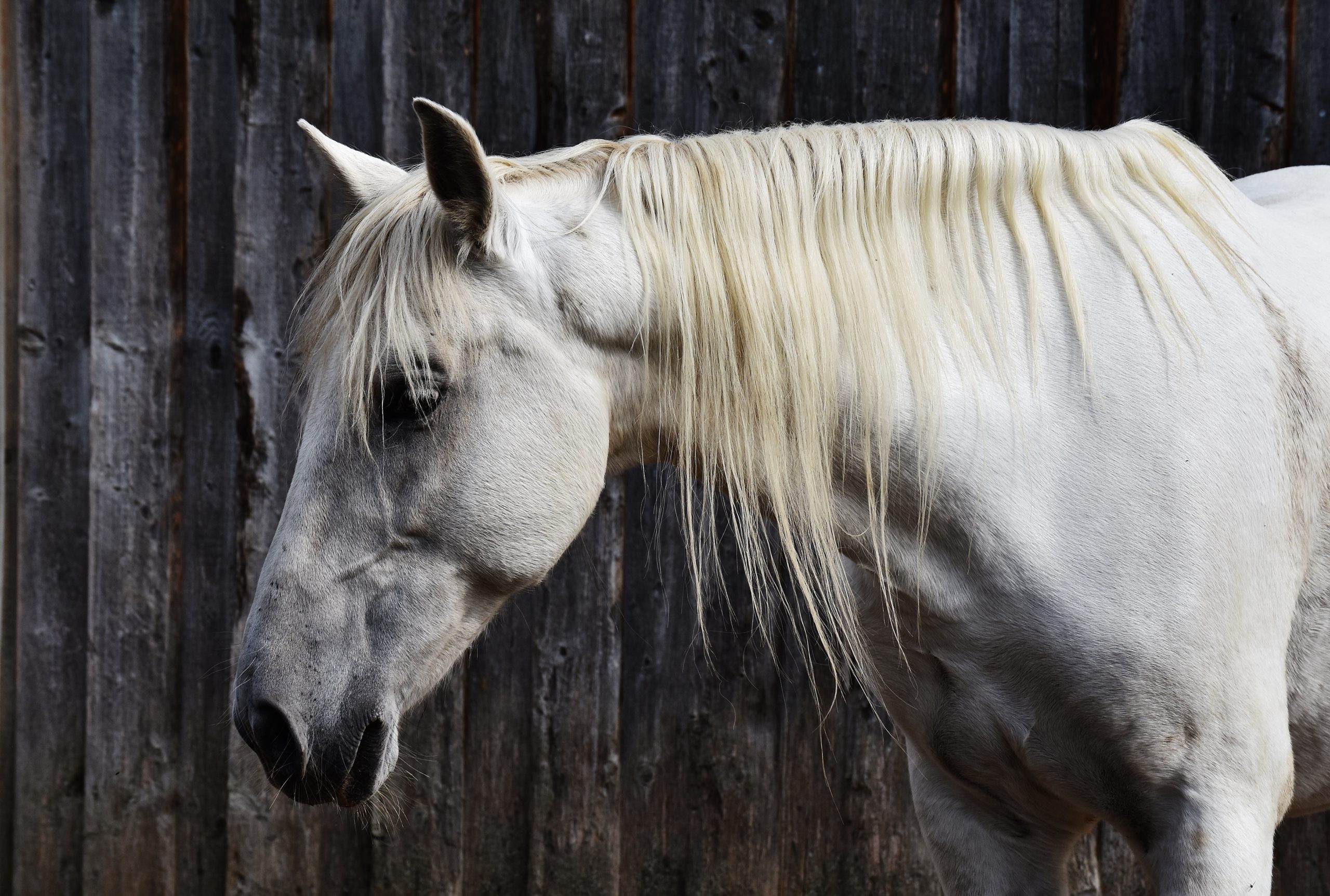Cribbing (also called crib-biting) and wood chewing are vices or stereotypies, repetitive behaviours that seem to have no obvious purpose.
Cribbers set their upper incisors (front teeth) against a stationary object, arch their neck, and pull back, frequently emitting grunt-like vocalisations when bracing against the object.
What are causes of crib-biting?
In foals, cribbing is often related to feeding schedule and composition of meals. Infrequent or interrupted suckling has been linked to low gastric pH, a scenario that may predispose foals to ulcer formation, especially when foals spend an unusual amount of time lying down.
As foals mature, the introduction of concentrates into the diet is often blamed. Researchers have linked concentrate feeding with spikes in gastric acidity and subsequent ulceration of the stomach lining. Some owners relate that young horses begin cribbing during an illness, which may involve periods of inappetence and confinement.
What are the clinical signs?
Clinical signs of gastric ulceration in foals are sluggish growth, rough hair coat, pot-bellied appearance, teeth grinding, and colic. In severe cases, gastric ulcers may perforate and induce peritonitis, a widespread and usually fatal inflammation of the membrane that lines the abdominal cavity.
How is crib-biting managed?
Owners should observe weanlings closely, as researchers have reported that many horses begin cribbing at this stage. If foals are spending a large amount of time in oral activities other than eating, reduce the carbohydrates in the diet, switch the concentrate ration from a sweet feed to a pellet, and increase the amount of forage that is offered to the weanling. Antacids might also be helpful.




